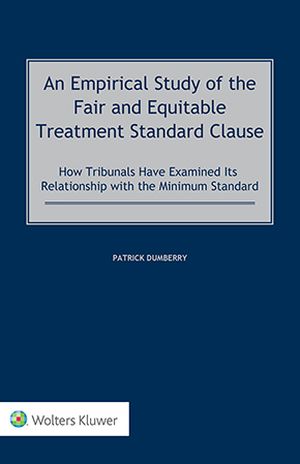
An Empirical Study of the Fair and Equitable Treatment Standard Clause is a pioneering and vital book by a well-known authority in international investment law. It analyses how tribunals have concretely interpreted fair and equitable treatment (FET) clauses in relation to the minimum standard of treatment (MST), with detailed reference to all publicly available awards dealing with the provision rendered by arbitral tribunals in the past 25 years.
Although the vast majority of investment treaties include a FET clause, a considerable degree of variation in the actual content of the clause remains.
What’s in this book:
This trailblazing exhaustive survey of case law, the first since the 2012 UNCTAD Report, highlights the following significant trends:
How this will help you:
This first-of-its-kind book provides solid empirical evidence showing that the scope of the FET protection under a treaty very much depends on the type of clause being applied by a tribunal. The author’s thorough analysis will provide arbitrators and counsel with valuable guidelines to assess how tribunals have interpreted the clause. It will also offer States and other stakeholders an in-depth analysis of some of the pitfalls and benefits associated with each type of FET clause.